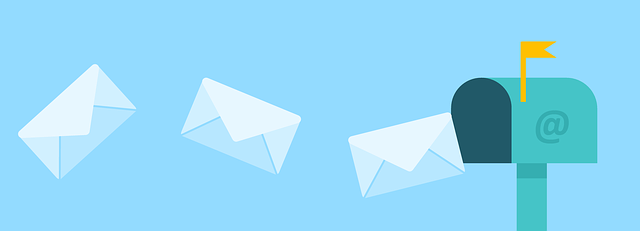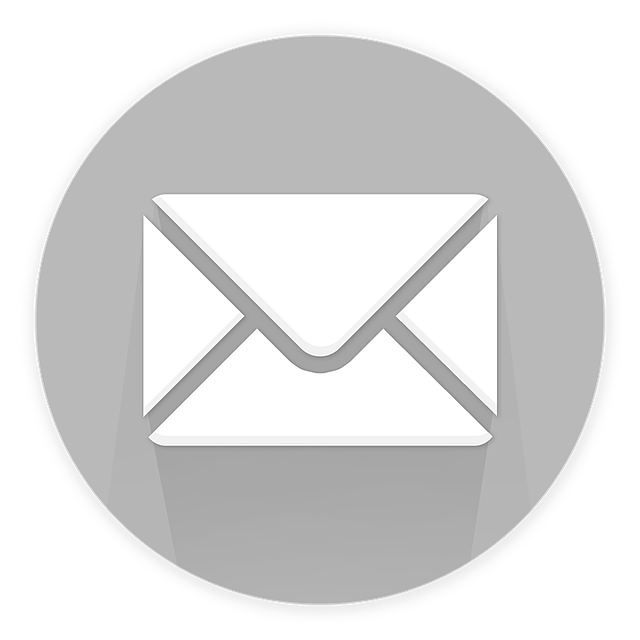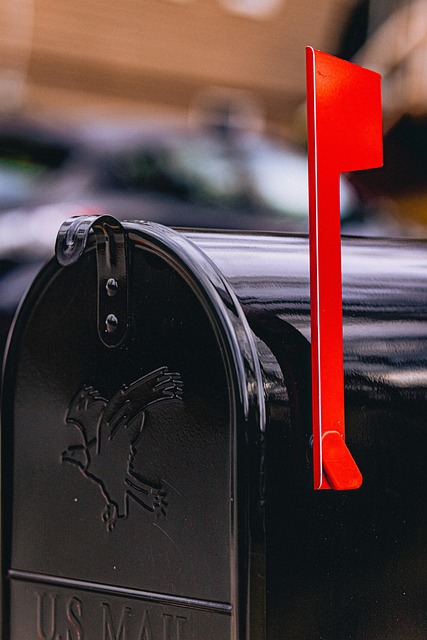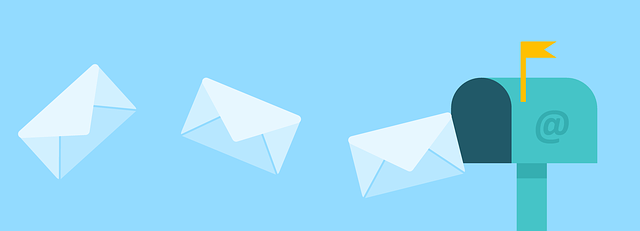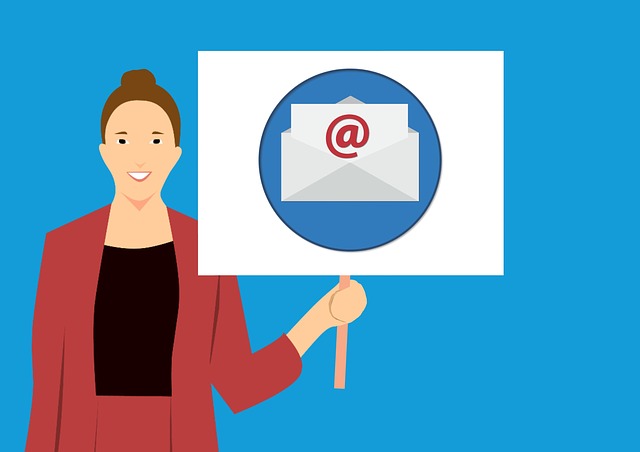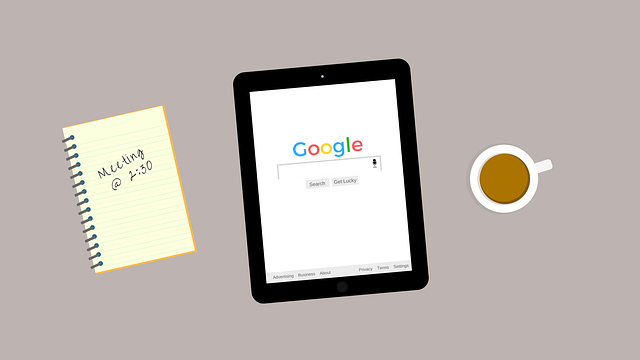Picture this: a bustling office filled with dedicated individuals, all working towards a common goal – to make a difference in the world through their nonprofit organization. In this digital age, where technology reigns supreme, one tool stands out as a powerful ally in their fundraising efforts: email marketing.
While some may view email as a relic of the past, it is anything but that for nonprofits. In fact, it has become the backbone of their fundraising strategies, allowing them to connect with their supporters in a personal and impactful way.
With the ability to craft personalized campaigns, build engaged subscriber lists, and develop strong donor relationships, email marketing has revolutionized the way nonprofits raise funds. It provides a direct line of communication, enabling nonprofits to effectively appeal for donations, promote events and campaigns, and measure success.
In this article, we will explore the role of email marketing in nonprofit fundraising, and how it has become an essential tool in their mission to create positive change.
Key Takeaways
- Email marketing is a powerful tool for nonprofit organizations to raise funds.
- Personalized campaigns and segmentation of subscriber lists can increase response and donations.
- Crafting effective donation appeals through storytelling and compelling visuals helps create connection and gratitude.
- Developing strong donor relationships through consistent engagement and personalized email campaigns can build a loyal and dedicated donor base.
The Power of Personalized Email Campaigns
Email marketing campaigns have the extraordinary ability to engage supporters on a personal level, making them feel valued and connected to your nonprofit’s mission. By implementing effective personalization strategies and email segmentation, you can create tailored messages that resonate with each individual recipient.
Personalization strategies involve using data such as a supporter’s name, location, or past interactions to customize the content of your emails. This level of personalization not only grabs attention but also increases the likelihood of a response or donation.
Email segmentation allows you to divide your subscriber list into smaller groups based on specific criteria, such as donation history or interests. This enables you to send targeted messages that are relevant and meaningful to each segment, further enhancing engagement and building stronger relationships with your supporters.
Building an engaged subscriber list is the next crucial step in maximizing the impact of your email marketing efforts.
Building an Engaged Subscriber List
Start by exploring different strategies to attract and maintain an active list of subscribers who are genuinely interested in supporting your cause. One effective strategy is segmenting your subscribers based on their interests, demographics, or donation history. By sending targeted emails to specific segments, you can provide content that is relevant and personalized, increasing engagement and ultimately, donations. Another strategy is implementing email automation, which allows you to send timely and automated messages based on subscriber behavior or actions. For example, you can automatically send a thank you email after a donation or a reminder email to those who have not yet donated. This not only saves time but also ensures that your subscribers receive timely and relevant information. By segmenting subscribers and implementing email automation, you can build an engaged subscriber list that is more likely to respond to your donation appeals. Now, let’s move on to crafting effective donation appeals.
Crafting Effective Donation Appeals
Are you looking to make a strong connection with your donors and evoke emotions? One effective way to do this is by using storytelling in your donation appeals.
By sharing compelling stories, you can create a personal connection and inspire your donors to take action.
Additionally, highlighting the impact of donations and showcasing success stories can show donors the tangible difference their contributions can make.
Lastly, incorporating compelling visuals in your donation appeals can capture attention and make your message more memorable.
Using storytelling to evoke emotions and connect with donors
Imagine yourself reading an email that vividly paints a picture of a struggling family’s journey, tugging at your heartstrings and inspiring you to make a difference through your donation.
To evoke an emotional response, the email could use nostalgia by reminiscing about simpler times and the importance of community support. It could incorporate testimonials from individuals who’ve been positively impacted by the organization’s work, sharing their heartfelt stories of transformation and gratitude.
Additionally, the email could include powerful images that capture the essence of the cause, further connecting with your emotions. By utilizing these storytelling techniques, the email aims to create a sense of empathy and urgency, motivating you to take action and support the cause.
As you move forward to the next section, the focus will shift towards highlighting the impact of donations and showcasing success stories.
Highlighting the impact of donations and showcasing success stories
To truly bring the impact of donations to life, let’s dive into the heartwarming success stories that have blossomed from the generosity of our supporters, painting a vivid picture of lives transformed and dreams realized. Donor testimonials play a crucial role in showcasing the power of their contributions. These inspiring narratives evoke emotions and connect donors to the mission of your nonprofit. By sharing personal stories of individuals who have benefited from donations, you not only demonstrate the real-world impact of their support but also create a sense of gratitude among your audience. To help you visualize the profound effect of your generosity, here is a table highlighting a few success stories and the lives changed through your donations:
| Name | Story | Impact |
|---|---|---|
| Sarah | With your support, Sarah overcame homelessness. | Provided housing |
| Mark | Mark’s educational dreams came true, thanks to you. | Funded scholarship |
| Emily | Emily’s life-saving surgery was made possible by you. | Saved a life |
| Michael | Michael now has access to clean water, thanks to you. | Provided clean water |
| Jennifer | Your donations helped Jennifer start her own business. | Empowered entrepreneurship |
By highlighting these success stories, we hope to inspire you to continue supporting our cause and make a lasting difference. In the next section, we will discuss the importance of incorporating compelling visuals in your donation appeals, further enhancing the emotional connection with our mission.
Incorporating compelling visuals in your donation appeals
Now that you’ve seen the impact of donations and the success stories of your nonprofit, it’s time to take your email appeals to the next level. One powerful way to captivate your audience and create an emotional connection is through visual storytelling. By incorporating compelling visuals in your donation appeals, you can effectively convey the mission and impact of your organization.
Here are four ways visual storytelling can evoke a strong emotional response in your audience:
-
Show the before and after: Use images to illustrate the positive change your nonprofit brings to people’s lives.
-
Highlight personal stories: Feature real individuals who’ve benefited from your organization’s work, showcasing their journey.
-
Use infographics: Present data and statistics in a visually appealing and easily understandable format.
-
Share behind-the-scenes moments: Take your audience on a virtual tour, showing the hard work and dedication that goes into your nonprofit’s mission.
By leveraging the power of visual storytelling, you can create a deeper connection with your audience and inspire them to take action.
Speaking of action, let’s now explore how developing strong donor relationships can further enhance your fundraising efforts.
Developing Strong Donor Relationships
Build strong donor relationships by consistently engaging with them through personalized email marketing campaigns that make them feel valued and connected to your nonprofit’s mission. Donor recognition is crucial in fostering these relationships. Show your appreciation by acknowledging their contributions and highlighting the impact they’ve made.
Thank them for their support and share success stories to demonstrate the difference their donations have made. Additionally, engage donors by offering volunteer opportunities. Encourage them to get involved and participate in your organization’s activities. This not only deepens their connection to your cause but also provides them with a sense of fulfillment and purpose.
By consistently engaging with donors and recognizing their contributions, you can build a loyal and dedicated donor base that will continue to support your nonprofit. Transitioning into leveraging email for event and campaign promotion, you can use this same personalized approach to keep donors informed and excited about upcoming events and initiatives.
Leveraging Email for Event and Campaign Promotion
Get the word out and spread the excitement by utilizing the power of email to promote your upcoming events and campaigns, keeping donors in the loop and sparking their interest.
Email marketing allows you to segment your donor list and target specific groups with personalized messages. By using email automation, you can schedule emails to be sent at the most optimal times, ensuring that your message reaches donors when they’re most likely to engage.
Here are five ways to leverage email for event and campaign promotion:
- Send out save-the-date emails to build anticipation.
- Create engaging content and visuals to capture attention.
- Provide exclusive early access or discounts to encourage participation.
- Use email reminders to keep donors informed about event details and deadlines.
- Follow up after the event with a thank-you email and share the impact of their support.
By implementing these strategies, you can maximize the impact of your events and campaigns.
In the next section, we’ll discuss measuring success and making improvements to further enhance your fundraising efforts.
Measuring Success and Making Improvements
Make sure you track and measure your success with event and campaign promotion so that you can identify areas for improvement and continue to enhance your fundraising efforts.
Measuring the success of your email campaigns is crucial for making improvements and maximizing your fundraising potential. Start by setting clear goals and objectives for each campaign. Then, use analytics tools to track important metrics such as open rates, click-through rates, and conversion rates.
Analyze this data to understand what is working and what needs improvement. Are your subject lines engaging? Is your content compelling? Are you targeting the right audience?
By measuring success and making improvements based on data-driven insights, you can optimize your email campaigns, increase donor engagement, and ultimately raise more funds for your nonprofit organization.
Frequently Asked Questions
How can nonprofits ensure that their personalized email campaigns are effective?
Want to ensure your personalized email campaigns for nonprofits actually work? Well, let’s start by avoiding some common mistakes.
First, don’t just slap the recipient’s name at the beginning. Get creative with email personalization techniques like segmenting your audience based on interests or past donations.
Second, don’t bombard them with endless asks for money. Instead, provide valuable content that engages and builds trust.
Remember, effective email campaigns are all about connecting with your supporters on a personal level.
What strategies can nonprofits use to build a highly engaged subscriber list?
To build a highly engaged subscriber list, nonprofits should focus on targeted segmentation and opt-in incentives.
By segmenting your email list based on specific interests and preferences, you can deliver more personalized content that resonates with your subscribers.
Additionally, offering incentives like exclusive content, discounts, or early access can entice individuals to opt in and stay engaged.
These strategies ensure that your subscriber list is made up of people who are genuinely interested in your organization, leading to higher engagement and better fundraising results.
Are there any specific techniques or elements that should be included in donation appeals to increase their effectiveness?
To increase the effectiveness of donation appeals, it is crucial to incorporate emotional storytelling and compelling subject lines. Craft a narrative that tugs at the heartstrings, connecting donors to the cause on a personal level. Use vivid language and imagery to paint a picture of the impact their contribution will make.
Additionally, create subject lines that grab attention and evoke curiosity. A well-tailored appeal with emotional storytelling and compelling subject lines will captivate donors, increasing the likelihood of their support.
What are some best practices for developing and maintaining strong donor relationships through email marketing?
To develop and maintain strong donor relationships through email marketing, focus on donor retention and email segmentation.
By segmenting your email list based on donor preferences and interests, you can send personalized and targeted messages that resonate with them. This approach helps to create a sense of connection and relevance, increasing the likelihood of donor engagement and loyalty.
Additionally, regularly sending updates, expressing gratitude, and providing exclusive content or offers can further strengthen the bond between you and your donors.
How can nonprofits effectively leverage email to promote events and campaigns?
To effectively leverage email for event promotion, use email automation tools. These tools allow you to automate event registration confirmations, reminders, and follow-ups, ensuring timely communication with your audience.
Additionally, create compelling storytelling emails for campaign promotion. Craft engaging narratives that highlight the impact of your campaigns and include a clear call-to-action for recipients to get involved.
By utilizing these strategies, you can maximize your reach and drive greater participation in your events and campaigns.
Conclusion
In conclusion, email marketing plays a crucial role in nonprofit fundraising. By utilizing personalized email campaigns, you can effectively engage with your subscribers and build strong donor relationships.
One interesting statistic to note is that nonprofits that use email marketing have an average open rate of 25%, which is higher than the industry average of 17.8%. This shows the power of email in reaching and connecting with potential donors.
So, don’t underestimate the impact of email marketing in your nonprofit fundraising efforts; it can be a game-changer in driving donations and promoting your events and campaigns.

